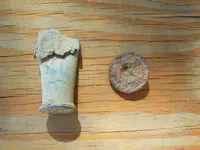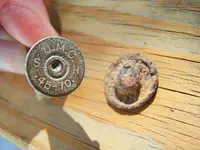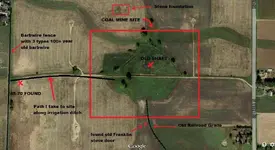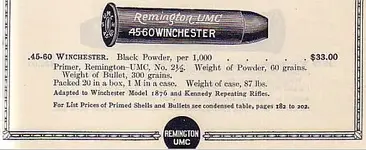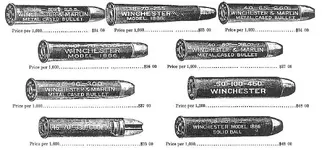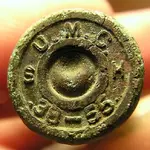tamrock
Platinum Member
Yesterday morn I took my dogs out for their walk. I lived in this neighborhood for 26+ years and have found great pleasure over the years picking up relics at the open space to the east of my house. Over the years I found many relics of the past. The town I live in is Lafayette, Colorado and it was a coal mining district up to the 1970's. When I first moved here the old fella two houses down was a dusted up old coal miner who I'd sit and watched TV with and shoot the bull as I was a hard rock guy and he a coal miner. I remember he had on his coffee table set with UMW magazines as reading material set out. Ed was his name an ol' Ed died maybe 3 years after I moved here of the black lung. I'm grateful to have known one of the last persons of what this place I live was in the past. Now its all hi-tech whippersnappers. It is a most liberal environment around me today. Thanks be to God I can escape for weeks at a time in my work. I only rest my head here for Mama.
Now for this 45-70 I found... This shell, is most odd to find in this area IMO. I've found in the area of the old coal mine I hunt around some 12 gauge stuff and more modern spent cartridges among many other relics of that era. During the first of the 20th century the mines in the area had labor wars and the Colorado Militia, Colorado National Guard & Federal troops had been sent in to control the situation (miners were killed in this conflict) Most well know was Ludlow in the southern front range. I've looked at as many pictures as I can find on line to see if any of these government military agency's carrier a trap door rife that this would have been shot from I'm thinking?. This area had in what I believe was never a place of good Deer, Elk or and larger game to hunt unless the Buffalo roamed the high arid dry grass lands of what was the past in this land here. I know the Springfield trap door was a military rife and is this a possible military round with these marking? This shell was found next to a hole that's around 8 ft diameter and 5 ft deep. The hole has been there for the 20 + years I've poked around and I now have a thought it may have been dug a fox hole to have an advantage position at this old coal mine site. I'll get my cheap detector over that way soon and search that area of the hole. The button I also found close to the 45-70. It looks like maybe an old Levis rivet (18mm dia. / 0.708 in.) I'll get it cleaned up some and see what it says.
I've posted a google-view link map also of my little place I go, so you all can zoom in and look over the site. I live in the neighborhood area to the east.
https://www.google.com/maps/place/L...2!3m1!1s0x876bf36c78a8c2c3:0x775e73acfeadd604
History of the area labor wars History ? Coal Mining Labor Conflicts |
Now for this 45-70 I found... This shell, is most odd to find in this area IMO. I've found in the area of the old coal mine I hunt around some 12 gauge stuff and more modern spent cartridges among many other relics of that era. During the first of the 20th century the mines in the area had labor wars and the Colorado Militia, Colorado National Guard & Federal troops had been sent in to control the situation (miners were killed in this conflict) Most well know was Ludlow in the southern front range. I've looked at as many pictures as I can find on line to see if any of these government military agency's carrier a trap door rife that this would have been shot from I'm thinking?. This area had in what I believe was never a place of good Deer, Elk or and larger game to hunt unless the Buffalo roamed the high arid dry grass lands of what was the past in this land here. I know the Springfield trap door was a military rife and is this a possible military round with these marking? This shell was found next to a hole that's around 8 ft diameter and 5 ft deep. The hole has been there for the 20 + years I've poked around and I now have a thought it may have been dug a fox hole to have an advantage position at this old coal mine site. I'll get my cheap detector over that way soon and search that area of the hole. The button I also found close to the 45-70. It looks like maybe an old Levis rivet (18mm dia. / 0.708 in.) I'll get it cleaned up some and see what it says.
I've posted a google-view link map also of my little place I go, so you all can zoom in and look over the site. I live in the neighborhood area to the east.
https://www.google.com/maps/place/L...2!3m1!1s0x876bf36c78a8c2c3:0x775e73acfeadd604
History of the area labor wars History ? Coal Mining Labor Conflicts |



